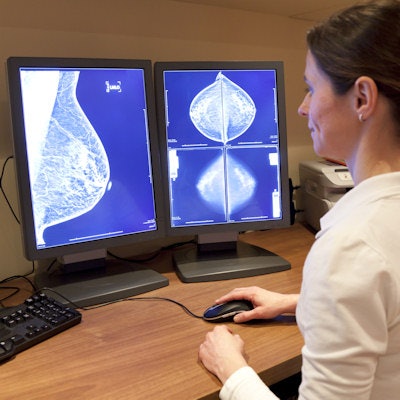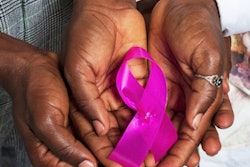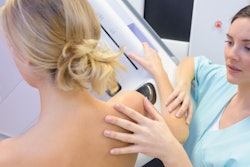
Women in the suburbs were more likely than their city counterparts to undergo mammography screening for breast cancer, according to a new study of women in New York published on December 9 in the American Surgeon.
New York researchers were eager to study screening because the state is in the middle of an aggressive "Get Screened, No Excuses" breast screening campaign. Launched by Gov. Andrew Cuomo in 2016, the campaign has awarded $38 million to healthcare centers to extend breast cancer screening throughout the state, including through the creation of a patient navigator program.
While the campaign has improved overall access to breast screening, not all women have benefited equally. In the study, researchers found suburban women were more likely to undergo screening and diagnostic mammography than urban women.
"The rate of completing the screening was significantly higher and faster among suburban county compared to inner-city women," wrote lead author Dr. Maria Castaldi, chief of breast surgery at Westchester Medical Center in Valhalla, NY.
The study included two nationally accredited breast centers -- a safety-net facility in a city center that mainly serves a socioeconomically disadvantaged, Hispanic community, and a facility in the suburbs that serves a more socioeconomically advantaged, white population.
The researchers looked at data for 2,505 women ages 40 and older who elected to participate in the new patient navigator program at one of the two centers. To qualify for the program, the women had to have delayed their breast screening by at least one year.
| Completion of mammography in urban vs. suburban women | ||
| Urban | Suburban | |
| Screening mammography | 74% | 98% |
| Diagnostic mammography | 78% | 85% |
| Biopsy | 100% | 100% |
A greater percentage of suburban women underwent both screening mammography and diagnostic mammography than urban women. A total of 98% of suburban women completed recommended breast cancer screening compared with 74% of urban women.
Suburban women also got screened much faster than urban women. Women in the suburbs completed screening mammography more than a month sooner than urban women, and they had about half the time from a BI-RADS 4 finding until biopsy.
| Average days to complete mammography, urban vs. suburban women | ||
| Urban | Suburban | |
| Enrollment to screening mammography | 50 | 14 |
| Screening mammography to diagnostic mammography | 41 | 35 |
| BI-RADS 4 to biopsy | 46 | 22 |
Age, socioeconomic status, and screening stage were all significant variables linked to timely breast cancer screening. The authors said some of these differences could result from inherent difficulties of getting screened at the safety-net facility, which already had trouble meeting performance benchmarks.
"There was inherent difference in ability and capacity of the safety-net institution to provide comparative quality healthcare," the authors wrote.
While differences did exist, both centers succeeded in identifying women in need of patient navigation for breast cancer screening. Access to breast screening also improved at both locations between the study years of 2014 and 2019.
The authors attributed the screening success to parts of the "Get Screened, No Excuses" campaign, including the new patient navigator service and the elimination of annual deductibles and coinsurance for qualified women. Nevertheless, the findings show that work still needs to be done to improve screening compliance -- and potentially reduce breast cancer death disparities.
"The governor's grant has successfully increased the percentage of women having mammograms among women in low-income, underserved populations," the authors concluded. "Efforts to focus on barriers to timely access to care could substantially reduce ethnic and racial disparities and ultimately [improve] overall survival among women diagnosed with breast cancer."



















